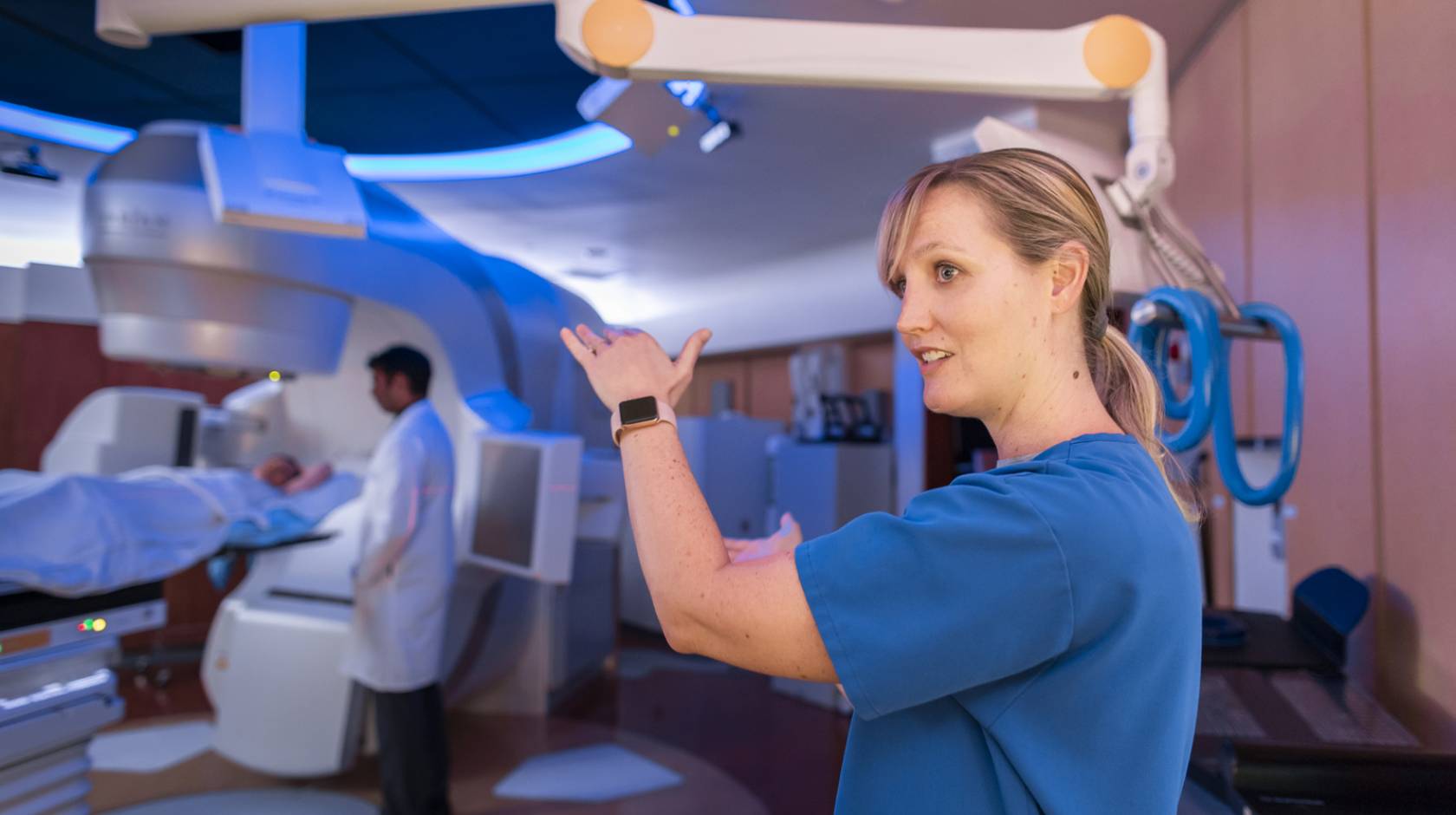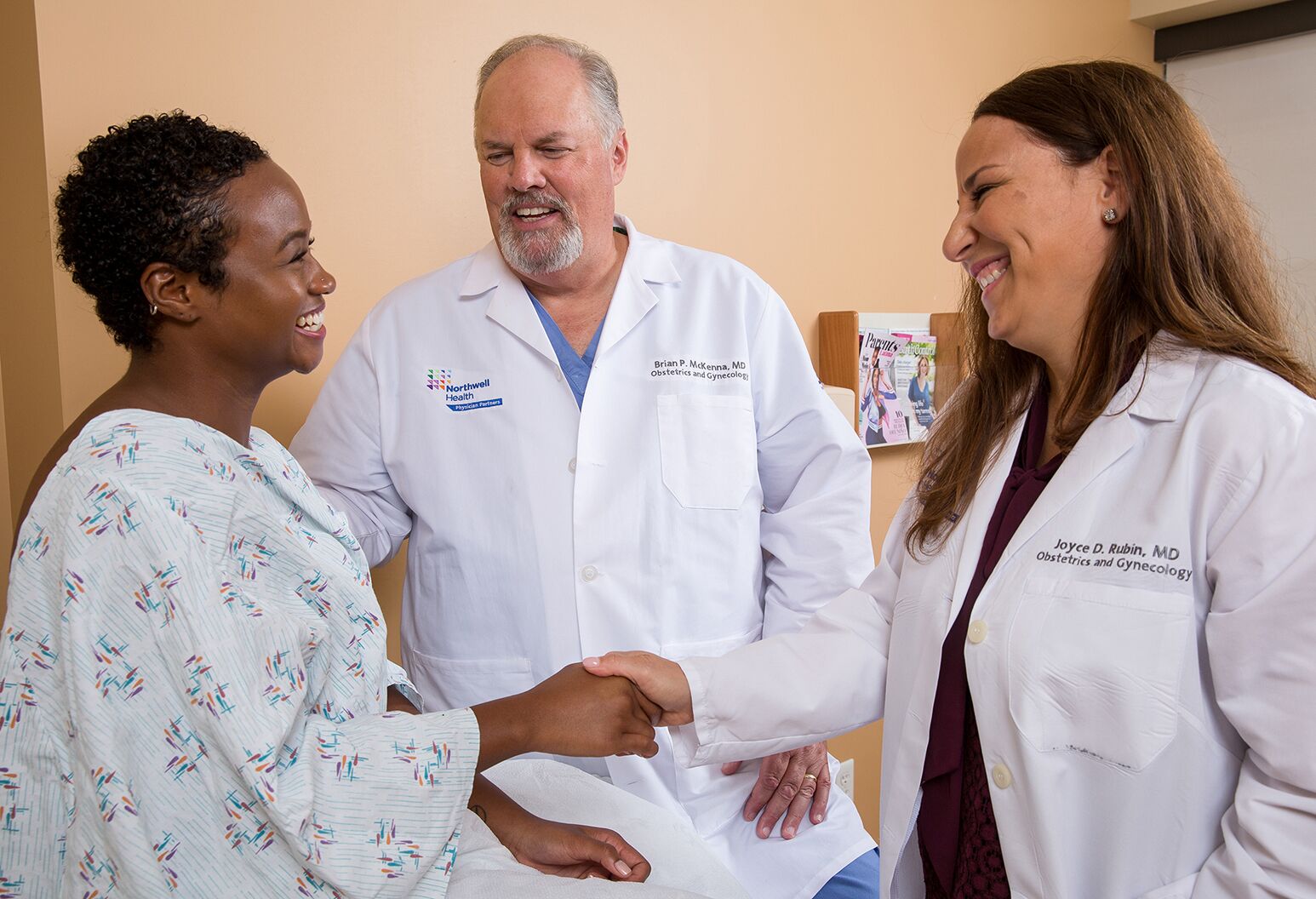Medicine is a broad field that encompasses many specialties. While there are various types of medical doctors, every medical doctor may be distinguished for their medical specialty.
Regardless of their specialty, a medical doctor is expected to have completed any relevant doctoral degree such as MD or Ph.D.
⇒Join us on Telegram for more Sure and Accurate football-winning tips every day...click here
At hospitals, doctors are ranked based on professional qualifications and the hands-on knowledge gained over the course of medical training. In this post, you’ll find out the ranking of doctors in hospitals. If you’re a medical student willing to advance in the medical discipline, reading this post should give you an idea of how you would climb the hierarchical ladder of the medical profession.
Ranking of Doctors in Hospitals

Also known as the medical hierarchy, the basic ranking of doctors across hospitals indicates the level of superiority between medical personnel ranging from medical directors down to medical students.
Medical Directors
Medical directors form the nucleus of leadership across hospitals. They occupy an apex position in the medical hierarchy and they perform an oversight function over staff physicians.
As organizational leaders, medical directors are responsible for laying down the groundwork for the delivery of optimum and quality care. This is why they strive to entrench the appropriate practices and policies.
Also, medical directors partake in the organization of in-patient and outpatient care.
Head of Department
This can be the head/leader in a particular department of a hospital
Attending Physicians
These are the decision makers on matters pertaining to patients’ treatment. As the most senior doctors, they are expected to have undergone at least three years of residency training. One of the requirements for the position of attending physician is completing a board examination in a particular medical specialty.
Attending physicians collectively make up the medical staff in any given hospital since they decide the appropriate treatment or medication for patients. Besides being certified practitioners with at least three-year residency training, attending physicians are considered fully trained doctors.
Hospitalists
These are medical practitioners who often work on a contract basis. Hospitalists are commonly hired by medical groups or by hospitals where they may be needed to supplement attending physicians.
Hospitalists are physicians whose primary assignment is caring for hospitalized patients. Not all hospitals hire these physicians (hospitalists) but where they are hired, hospitalists can serve as attending physicians or take the place of regular doctors.
House Staff
House staff can be found in teaching hospitals where they assist in directing medical treatments.
In the medical hierarchy, house staff are low-level personnel as they are yet to become fully trained doctors. Medical personnel at the house staff level may include residents, fellows with some years of medical experience, interns (who just finished from medical schools) and doctors-in-training.
Fellows
Although they are ranked below attending physicians, fellows are believed to have completed their primary residency. A fellow is also believed to have chosen a particular medical specialty and started a fellowship (aka advanced training) in that specialty.
Since fellows are ranked below attending physicians, it is normal for them not to be directly or closely involved in the treatment of patients. Unlike an attending physician who can considerably be in direct contact with patients under treatment, a fellow may experience less direct contact with such patients. However, and depending on the hospital, a fellow may be allowed to decide a patient’s treatment plan.
Residents
Residents are those undergoing primary residency which is intended to equip them with hands-on training. They could be chief residents, senior residents or junior residents.
The chief resident is the most senior among residents and he is charged with the responsibility of overseeing the other residents. The senior resident, who is often expected to be in his third year of residency, happens to be the next in rank among residents.
Lastly, there are junior residents and they are usually second-year residents.
Notably, a resident is an osteopathic or medical school graduate. He must also have completed the required national licensing exam but before he can work, he must complete his primary residency. The primary residency can last between three and eight years during which the resident receives hands-on training.
Interns
These are medical school graduates as well as first-year residents. Such people may not be described as “interns” by the hospital where they are undergoing their residency training. Their hospitals may regard them as PGY-1’s (meaning postgraduate year 1) or R-1’s (meaning first-year residents) instead.
Since they are medical school graduates, interns already have medical degrees but they have to be supervised before they can be licensed to practice medicine on their own.
Medical Students
These are the lowest personnel in the ranking of doctors across hospitals. Unlike the other personnel in the medical hierarchy, medical students do not have medical degrees yet.
They are usually assigned ancillary roles and may be required to write orders in a patient’s chart or conduct a review of the patient’s medical history. Then, a licensed doctor will have to review and endorse whatever the medical students have gathered or done.
Conclusion
Hopefully, you now have a clear understanding of what the medical hierarchy in hospitals looks like. The information we just provided is the basic ranking of doctors across hospitals.
Finally, it is worthy of note that for an individual to become a medical doctor, the individual must have received medical education, undergone medical training and obtained the license to practice medicine.




